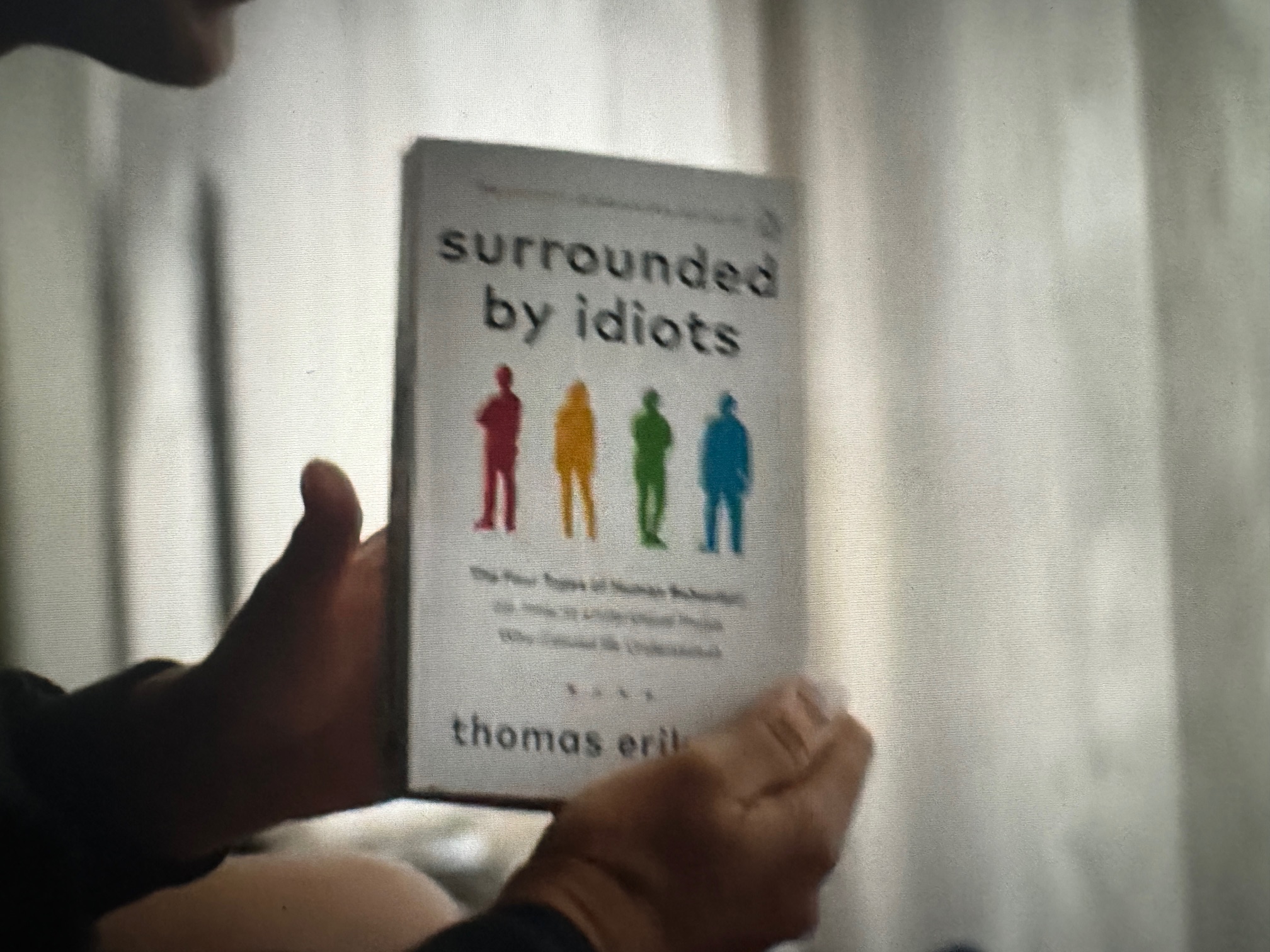You might believe you know everything about Naomi Osaka, but think again. Most people are aware that the four-time Grand Slam winner was the first Asian woman to reach the #1 world ranking on the WTA tour. It is also generally well-known that she is currently the highest-compensated female athlete. She has also been the subject of intense media scrutiny due to her activism for social justice and mental health challenges. As it turns out, her story has much greater depth than the prevailing public narrative.
‘Naomi Osaka: Her Journey to Finding Her Power and Her Voice‘ is a new biography written by tennis sportswriter Ben Rothenberg. This book unravels the layers of Osaka’s complex personality and life events up to this point in time. It sits in the gray area between an authorized and unauthorized biography, as Osaka was not involved in the production yet was credited by Rothenberg for her gracious openness and candor. This book is neither a publicity bid by the athlete nor a cash grab by the author, which dispels many of my usual reservations about biographies written about athletes who are still competing.
It is almost an obligatory trope for young players on the WTA tour to speak of how they were inspired by Serena Williams. Along those lines, claims of copying the Richard Williams blueprint are not uncommon. However, in Osaka’s case, that is what actually happened. Rothenberg outlines how Naomi’s father, Leonard, intentionally followed the Williams family model, albeit with less outlandish antics and behavior.
This book openly describes the Osaka family’s financial struggles while pursuing their tennis dream. With no money to pay for coaching and instruction, life was a constant hustle for what people were willing to provide for free. That later led to some public squabbles and even a lawsuit by coaches who assisted during that period and felt that they were either promised or owed compensation once Osaka broke through to stardom.
While Mari Osaka is obscured in the shadows of her iconic sister, Rothenberg reveals how she might have been the most significant factor in molding Naomi into a future champion. Mari wasn’t as talented as her younger sibling, yet exhibited a strong work ethic and attitude. It can be argued that without Mari’s influence and example, Naomi would not have developed into the player that she ultimately became.
The story of why the dual-citizen Osaka came to represent Japan rather than the United States, where she lived and trained, is explored in this book. Rothenberg explains how the USTA player development program took a “hands-off” approach to influencing the nationality decisions of Osaka and many other players of her era. The USTA did not extend financial support or training resources to the Osaka family, despite being aware of her emerging prodigious talent.
This book has a tremendous amount of material about Osaka’s activism for social justice and mental health struggles. Rothenberg handles those topics brilliantly by weaving together the delicate balance of societal concerns with perspectives from both current and retired players. Those people can best relate to and articulate how events and media impact athletes. Some people will intentionally avoid this book due to the social justice content. That is a shame because it is a valuable conduit for better understanding those topics.

Naomi Osaka: Her Journey to Finding Her Power and Her Voice (<- Sponsored Link)
Unsurprisingly, this book contains descriptions and accounts of tennis matches as events both on and off the court are central to Osaka’s story. Rothenberg’s writing is stellar in that regard, as he captures the highs and lows of matchplay without weighing down the narrative with excessive detail. All tennis writers should study his craft in this area.
I am usually not terribly excited about biographies of tennis players written while they are still actively competing. However, due to some of Osaka’s unique circumstances, this feels like the perfect timing for this book. While she played in the Australian Open last month, there is a very real chance that her competitive days might have effectively reached its conclusion. On the other hand, should her career continue for many more years, it is also a fitting moment for pausing to reflect on her journey up to this point.
I hold ‘Naomi Osaka: Her Journey to Finding Her Power and Her Voice‘ at the same level of esteem as Andre Agassi’s ‘Open,’ which previously sat alone on the top tier of tennis biographies. If you are a fan of Osaka, this book will bring greater insight into her full story. For people who harbor reservations, this book may challenge your perceptions or at least bring you to a greater understanding of the complex figure behind the racquet. I highly recommend this book to all tennis enthusiasts.
Fiend At Court participates in the Amazon associates program and receives a paid commission on any purchases made via the links in this article. Details on the disposition of proceeds are available on the “About Fiend at Court” page.




That’s high praise as I understand. “Open” is on my TBR short stack right now! I’ll have to add this to my library requests!